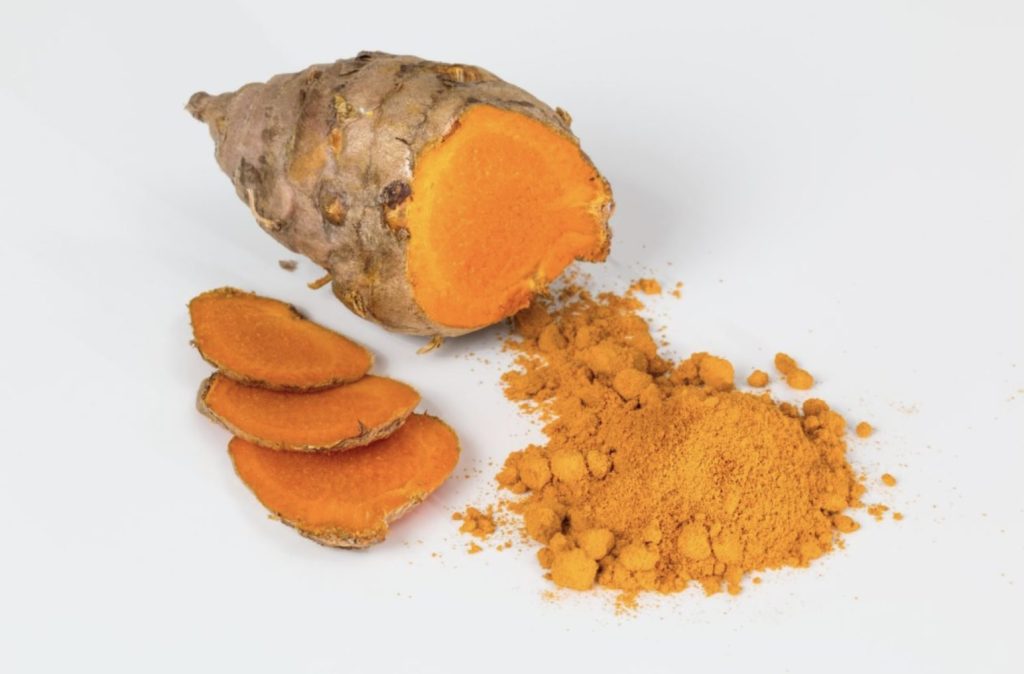Regular and prolonged use of kratom can lead to tolerance, where the body becomes less responsive to its effects over time. Tolerance can diminish the desired outcomes and may lead users to consume higher doses, increasing the risk of dependence and adverse effects. In this article, we will explore kratom tolerance, its causes, and practical strategies to manage it effectively. When looking to buy kratom online, it is imperative to find a top kratom vendor to ensure both potency and safety of the product.
Understanding Kratom Tolerance
Kratom tolerance occurs when the body adapts to the regular presence of kratom’s active compounds, particularly mitragynine and 7-hydroxymitragynine. These alkaloids interact with the brain’s opioid receptors, producing analgesic, sedative, and mood-enhancing effects. As the body becomes accustomed to these compounds, the receptors may become less sensitive, leading to diminished effects even with the same dose.
Kratom tolerance develops through several interconnected mechanisms:
Receptor Downregulation: Regular and prolonged exposure to kratom’s alkaloids, particularly mitragynine and 7-hydroxymitragynine, can lead to a downregulation of certain opioid receptors in the brain. Downregulation reduces the number of available receptors and can make the body less responsive to kratom’s effects.
Neuroadaptation: The brain’s neural pathways may adapt to the presence of kratom, making it less sensitive to its effects over time. This process is similar to the development of tolerance seen with other substances, such as caffeine or alcohol.
Altered Brain Chemistry: Chronic use of kratom can lead to changes in neurotransmitter levels and brain chemistry. These alterations may contribute to diminished responses to kratom and the development of tolerance.
Kratom tolerance is not universal, and individual responses can vary significantly. Factors such as genetics, metabolism, overall health, and dosage patterns influence how quickly tolerance develops in different users. Some individuals may experience tolerance relatively quickly, while others may use kratom for an extended period before noticing significant changes in its effects.
Tolerance to kratom is often dose-dependent. Higher doses and frequent consumption are more likely to lead to tolerance development. Users who take kratom in large quantities or multiple times per day may experience tolerance sooner than those who use smaller doses less frequently.
Kratom’s alkaloids interact with opioid receptors, and this can lead to cross-tolerance with traditional opioids. Individuals who have developed tolerance to opioids, either through medical use or substance misuse, may also have reduced sensitivity to kratom’s effects and vice versa.
The good news for kratom users is that tolerance to the herb is often reversible. Unlike some substances where tolerance is permanent, kratom tolerance can be reduced or eliminated through various strategies, such as tolerance breaks and dose adjustments.
Causes of Kratom Tolerance
Kratom tolerance develops over time as the body adapts to the consistent presence of kratom’s active alkaloids, mitragynine and 7-hydroxymitragynine. Understanding the specific causes of kratom tolerance can help users make informed decisions about their consumption habits and take preventive measures to manage tolerance effectively. Several factors contribute to the development of kratom tolerance:
Frequency of Use: One of the most significant factors influencing the development of kratom tolerance is the frequency of use. Regular and consistent consumption of kratom, especially on a daily or near-daily basis, can accelerate the tolerance process. As the body becomes accustomed to the alkaloids’ presence, it may require higher doses to achieve the desired effects, leading to diminished responsiveness over time.
Dosage: The amount of kratom consumed also plays a crucial role in the development of tolerance. Taking higher doses of kratom more frequently can lead to a faster tolerance buildup. When users consistently use large quantities of kratom, the brain’s opioid receptors may become less sensitive to the alkaloids, reducing the effects of the herb.
Strain Rotation: Kratom strains possess different alkaloid profiles, and users may develop tolerance more rapidly when primarily using one specific strain. Each strain contains varying proportions of alkaloids, and constant exposure to the same alkaloids may lead to receptor downregulation and adaptation, contributing to tolerance.Sticking to the same kratom strain for an extended period may contribute to tolerance. Regularly rotating strains can help minimize tolerance development.
Managing Kratom Tolerance
Take Tolerance Breaks:
One of the most effective ways to manage kratom tolerance is to take regular breaks from consumption. A tolerance break involves refraining from kratom use for a period, allowing the body to reset and regain sensitivity to the alkaloids. Short breaks of 2-3 days can already yield noticeable improvements. Longer breaks of a week or more may be necessary for heavy users or those with significant tolerance.
Practice Strain Rotation:
Switching between different kratom strains can help prevent or minimize tolerance development. Each strain contains a unique alkaloid profile, and rotating strains ensures that the body does not become accustomed to specific alkaloids. For example, if you have been using a red vein strain, switch to a green or white vein strain for a few days.
Reduce Dosage and Frequency:
Regularly assess your kratom dosage and consumption frequency. If you notice tolerance developing, consider reducing your dose or consuming kratom less frequently. This approach allows the body to reset and regain sensitivity to the alkaloids.
Incorporate Potentiators:
Some natural substances may enhance kratom’s effects, allowing users to maintain the desired outcomes with lower doses. Common kratom potentiators include turmeric, black pepper, grapefruit juice, and magnesium. However, it’s essential to research each potentiator’s safety and consult with a healthcare professional before combining them with kratom.
Evaluate Lifestyle Factors:
Factors like diet, exercise, and overall health can influence how the body responds to kratom. Maintaining a balanced diet, staying hydrated, and engaging in regular physical activity can contribute to improved kratom experiences.
Kratom Tolerance Overview
Kratom tolerance is a natural adaptation of the body to the herb’s active compounds. While tolerance can diminish the desired effects, it is manageable through mindful consumption and lifestyle adjustments. Incorporating tolerance breaks, strain rotation, reducing dosage and frequency, and exploring potentiators can help prevent or mitigate tolerance, allowing users to continue experiencing the benefits of kratom more effectively.
